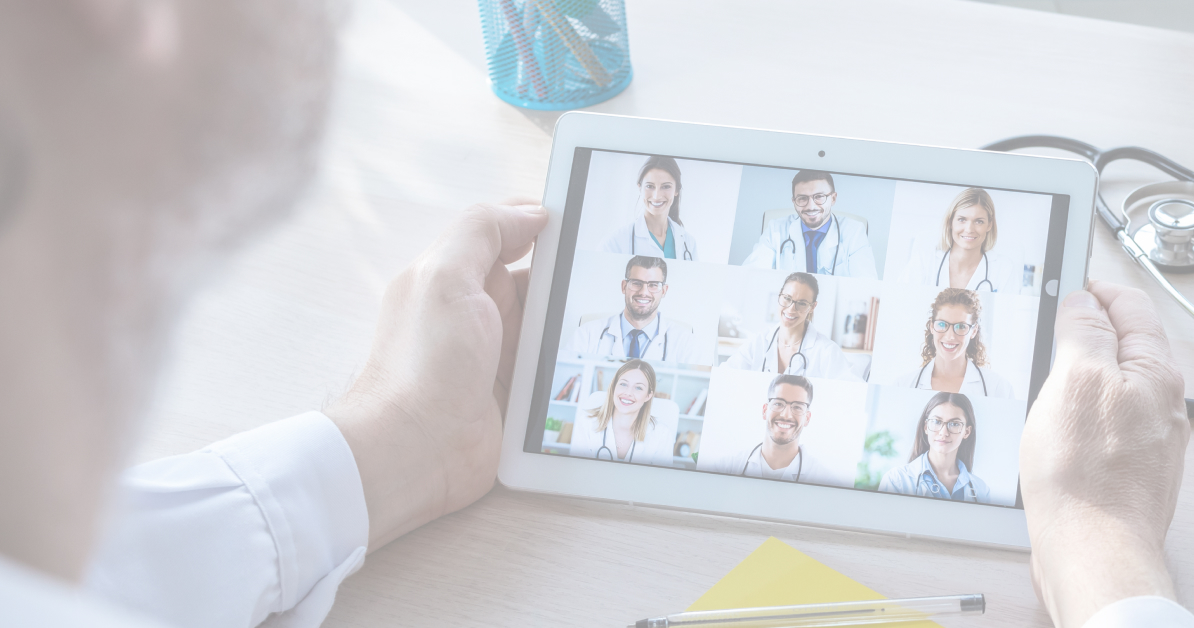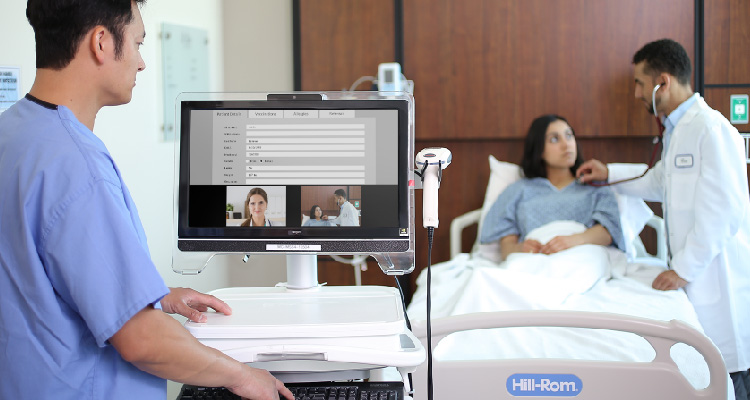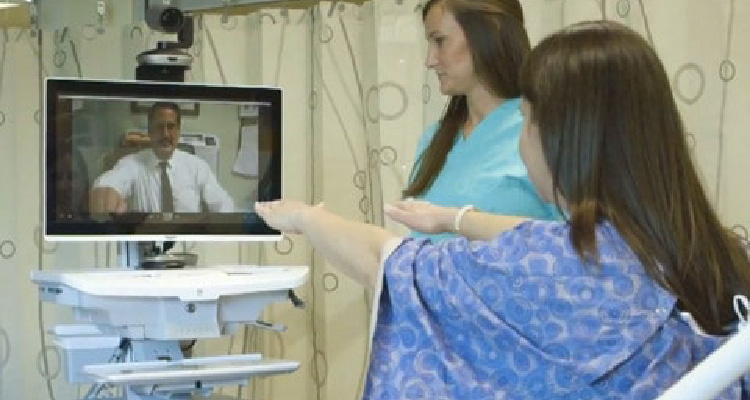VidyoHealth for Geriatric Care Telemedicine
America’s elderly population is quickly growing. According to the U.S. Census Bureau, 20% of the U.S. population will be age 65 or older by 2030.[1] Since older individuals typically have more complex chronic conditions that require greater (and more costly!) clinical care, telehealth-enabled remote monitoring services can help hospitals better care for these patients without having to add resources.[2]
VirtualSitter can make caring for older patients timelier and more effective. Older high-risk patients can access geriatric experts with no geographical limitations thanks to VirtualSitter technology. Patients receive the best care possible and are sent home only when they are 100% ready.

Conduct Thorough Virtual Consultations
Using 2-way audiovisual technologies, determine patients’ level of risk and delirium.
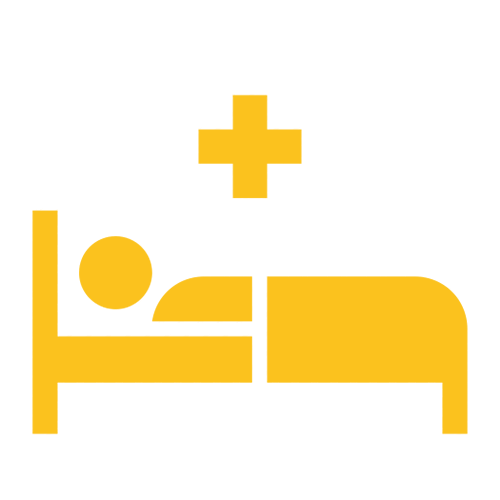
Reduce Falls and Injuries
24/7 observation helps to reduce patient falls, serious injuries, and extended patient stays in the hospital.
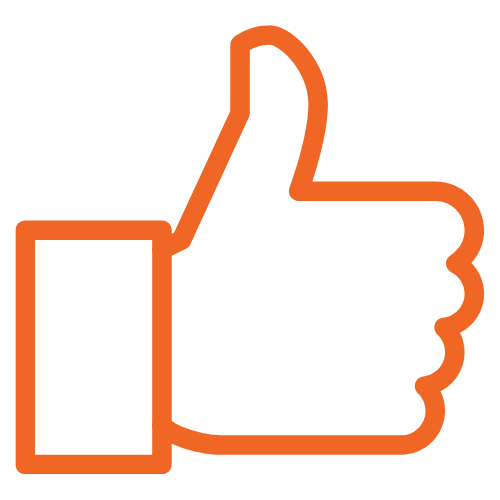
Improve Patient Satisfaction
Engage with patients and their families through virtual rounds and consultations.
Optimize Resources
Allocate care coordinators, case managers, and other staff as necessary, regardless of location.
VirtualSitter Use Cases for Older Patients
Screening/Evaluation
Evaluating the needs of an elderly patient can be challenging since there is such variability in frailty between older individuals. It is critical to capture all the nuances that can indicate potential high-risk attributes. With VirtualSitter, clinicians can conduct screening evaluations more effectively and efficiently. Using 2-way audio-visual capabilities, they can determine whether patients are at risk of falling, their level of delirium, and other potential complications that would benefit from remote observation.
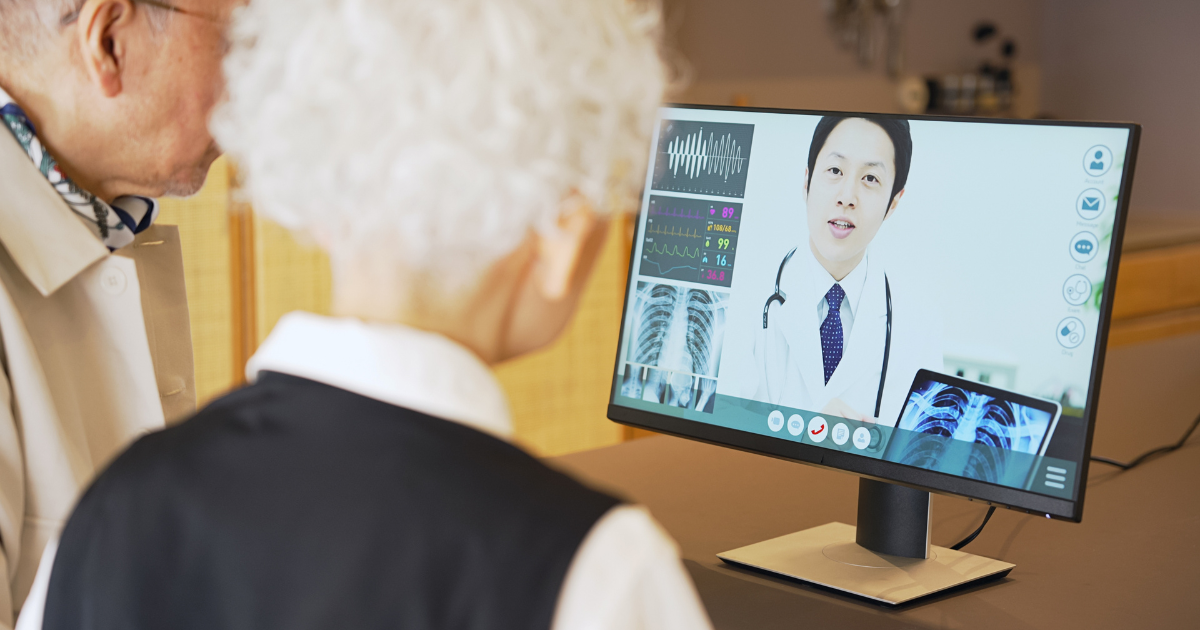

Treatment
In cases where initial testing results are inconclusive, patients typically need additional observation. This is a perfect application for VirtualSitter. With VirtualSitter, clinicians can easily consult an expert specific to the patient’s condition, which enables them to conduct a more thorough evaluation. After this step, clinicians can decide whether to offer traditional care services or whether to implement continuous monitoring with VirtualSitter.
Disposition
Regardless of whether an older patient is low-risk or high-risk, they are typically discharged with a list of at-home care instructions. With VirtualSitter, clinicians can remotely monitor these patients during this critical period of transition from hospital to home and throughout the entire at-home recovery process. This can help patients avoid injury and deterioration of their existing ailment. This is especially important for high-risk patients with delirium or who are at risk of falling. VirtualSitter also gives the patient’s family peace of mind knowing their loved one is being closely monitored 24/7.

RELATED CONTENT
Contact a VidyoHealth Expert
Use the form below to quickly send us a message. Our team of experts will get back to you shortly.
